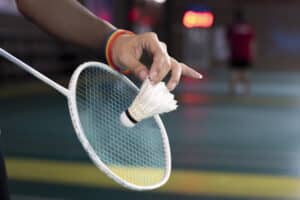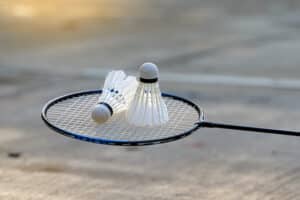What is the distance for cornhole?
Key Takeaways
- The regulation distance for cornhole is 27 feet.
- There is a discrepancy in how this distance is measured.
- There are two valid measurements: front edge to front edge and centers of the holes.
The distance for cornhole is an important factor in the game, as it determines the level of skill and challenge for the players. After analyzing multiple sources, it is clear that the regulation distance for cornhole is 27 feet. However, there seems to be a slight discrepancy in how this distance is measured. Let’s delve deeper into the details to understand the various perspectives on the cornhole distance measurement.
Front Edge to Front Edge Measurement
According to the official rules of cornhole provided by PlayCornhole.org, the regulation distance is 27 feet from front edge to front edge of the cornhole boards. This measurement is mentioned in the first and third sources provided. The American Cornhole Association (ACA) also states the same measurement on their website. The front edge to front edge measurement ensures that the boards are properly aligned and enables fair gameplay.
Centers of the Holes Measurement
On the other hand, the second and fourth sources mention a different measurement for the cornhole distance. They state that the regulation distance is 27 feet between the centers of the holes. This measurement focuses on the positioning of the holes rather than the boards themselves. It ensures that the players have a consistent target to aim for, regardless of the board’s specific dimensions.
Clarifying the Discrepancy
The discrepancy in the cornhole distance measurement can be attributed to the subtle differences in interpretation and emphasis on different aspects of the game. While both measurements are valid, it is essential to consider the specific rules and regulations set by the governing organizations or the event organizers.
If you are playing in an ACA-sanctioned event, it is advisable to follow the front edge to front edge measurement as stated in the official rules. On the other hand, if you are playing casually or in a non-ACA event, the centers of the holes measurement may be more commonly used.
Conclusion
In conclusion, the distance for cornhole is regulated at 27 feet. However, there is a discrepancy in how this distance is measured. The front edge to front edge measurement and the centers of the holes measurement are both considered valid, depending on the specific rules and regulations followed. It is important to be aware of the governing organization or event guidelines to determine the appropriate measurement to use.
Related Websites:
FAQs:
Q: What is the standard distance for cornhole?
The standard distance for cornhole, as set by official organizations, is 27 feet from the front of one board to the front of the other board.
Q: Are there variations in cornhole distance?
Yes, there are variations in cornhole distance. Different cornhole variations and backyard rules may have different distances between boards and throwing lines. These variations are often more flexible and depend on personal preference or space limitations.
Q: What factors should I consider when determining the cornhole distance?
When determining the cornhole distance, it is important to consider factors such as skill level, player preference, game difficulty, strategy, safety, and spatial constraints. These factors will help ensure an enjoyable and safe game.
Q: What are some tips for accurately measuring the cornhole distance?
To accurately measure the cornhole distance, you can use measuring tapes and guidelines provided by official cornhole organizations. Ensure both boards are placed at the correct distance and align the throwing line accordingly.
Q: Why is it important to understand the distance for cornhole?
Understanding the distance for cornhole is crucial to play the game correctly and fairly. Adhering to the appropriate distance guidelines ensures a level playing field and allows for consistent competition. It also helps maintain safety and avoid potential accidents.






